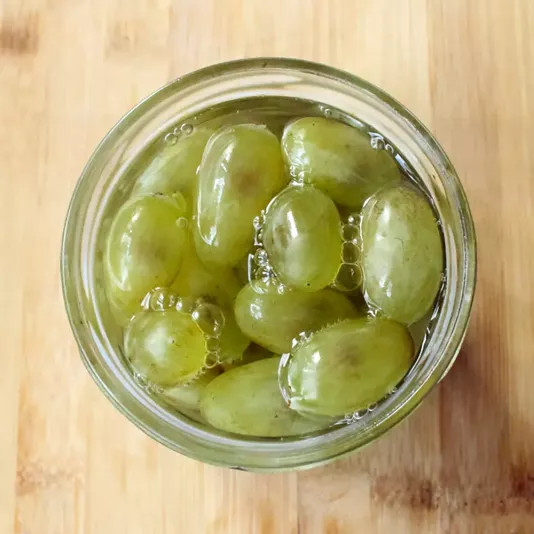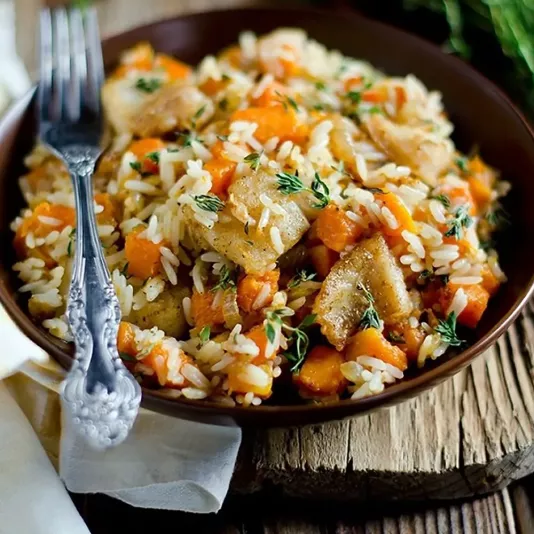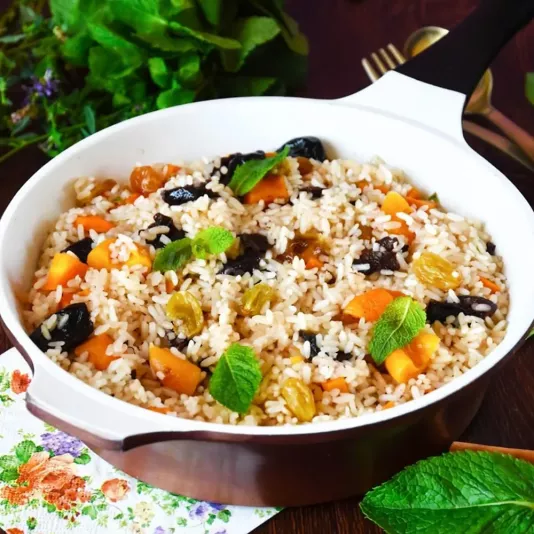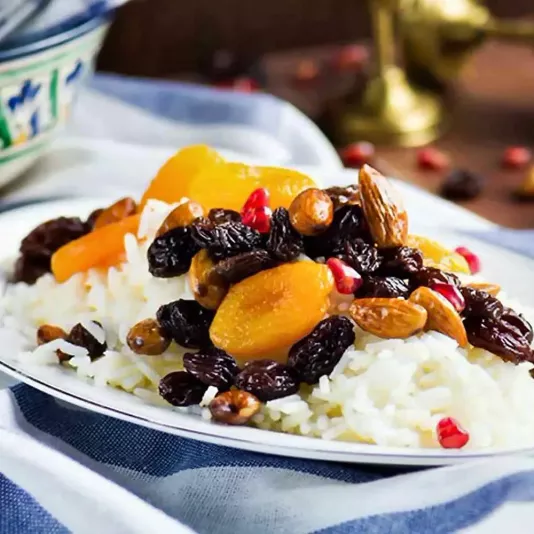Armenian Cuisine
Armenian cuisine is a harmonious blend of mountain herbs, juicy meat, fragrant sauces, and fire-baked bread. Every dish here is the result of work, time, and heartfelt warmth. Lavash is baked on the walls of a tandoor, dolma is cooked in grape leaves, and soups always have a thick, rich consistency. Over years of cooking, I’ve realized that the essence of Armenian cuisine is not the number of spices but the sense of balance. The right harmony between ingredients and cooking time creates that deep flavor that stays in memory. Armenians never rush at the table: they talk, share bread and memories, which is why their food is always filled with warmth and gratitude. For me, it’s an example of culinary culture where every movement has meaning and every aroma has a story.
Recipes of Armenian Cuisine
Armenian recipes combine simplicity, harmony, and skill. Everything is based on attention to detail: the meat is marinated slowly and lovingly, the dough is rolled evenly to preserve tenderness, the vegetables are baked until soft while keeping their natural juice. I’ve often found that even a simple dish, cooked calmly, has a deeper taste. There’s no room for haste in Armenian cooking – it requires time and respect for the ingredient. When I make dolma, I choose the freshest grape leaves and pay attention to the density of the filling to keep the dish juicy. I bake gata at 180°C (356°F) to achieve a crispy crust without drying it out. Everything has its rhythm: from kneading the dough to serving the dish. I’ve realized that it’s calmness and precision that create the unique taste passed down through generations.
Historical Origins and Features of Armenian Cuisine
The roots of Armenian culinary art go back thousands of years, when the diet was based on grains, lamb, grapes, legumes, and herbs. Over time, this foundation gave rise to dozens of traditional dishes that became symbols of hospitality and family warmth. I always feel deep respect for this heritage, for it holds the living memory of ancestors. Each dish has ritual meaning: lavash symbolizes life, khash represents strength, sujuk abundance. In my practice, I always follow traditional methods: I never shorten boiling time or replace key spices. Cooking khash, for example, requires patience – slow fire, long hours of waiting – but that’s how the transparent, deep flavor is born. Everything should be done thoughtfully and attentively, just like women in the mountains once cooked. Only then does the dish reward you with rich aroma and soft texture.
Main Ingredients and Spices
In Armenian cuisine, spices have character – they don’t dominate but enhance the natural taste of the product. I most often use cumin, basil, coriander, dried mint, black pepper, and garlic. Each has its moment: spices for meat are added during marination to let the aroma penetrate deeper, while for vegetables – closer to the end – to preserve freshness. Greens such as dill, parsley, and cilantro add brightness and lightness. In my practice, it’s important to know moderation: too many seasonings can destroy harmony. Dairy products, especially matsun, create a pleasant balance to spicy notes. I’ve learned that the best dishes are born when spices interact rather than compete. That’s why I always advise not to rush – let the aromas unfold, and the flavor will become full, deep, and genuine.
Traditional Dishes of Armenian Cuisine
Among classic dishes, I value dolma, khash, spas, khorovats, and gata the most. Each has its own character and requires attention. Dolma is a harmony of meat and grape leaves that must be tender but not overcooked. Khash symbolizes patience: it is simmered over low heat for more than eight hours until it reaches perfect clarity. Spas is a yogurt-based soup that can be easily spoiled if rushed; I’ve learned to preserve its delicacy by adding water gradually. Khorovats is a dish of fire and time – the meat must open up without drying out, so I always choose medium heat. And gata is a festive pie where the balance of butter and flour must be maintained to achieve that signature crumbly texture. All these dishes teach patience, attentiveness, and love for the process.
Cooking and Serving Secrets
True Armenian cuisine rests on respect for the ingredient and understanding of the process. I never overheat oil or over-fry onions – these small details define flavor. On moderate heat, a dish reveals itself more fully, and ingredients preserve their natural aroma. Presentation also matters: cleanliness, restraint, and color harmony. Lavash is not just bread but a continuation of the dish, a way to experience it wholly. I love serving food in clay or cast-iron dishes – they retain heat and deepen the aroma. Over the years, I’ve realized that the main secret of success is not tricks but attitude. Patience, respect for tradition, and attention to detail create perfection that cannot be imitated. Even the simplest dish can become a celebration if prepared with love, as it is done in Armenia.





